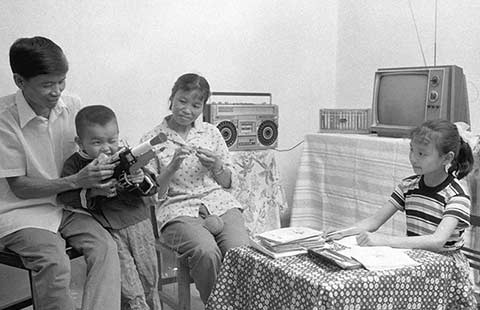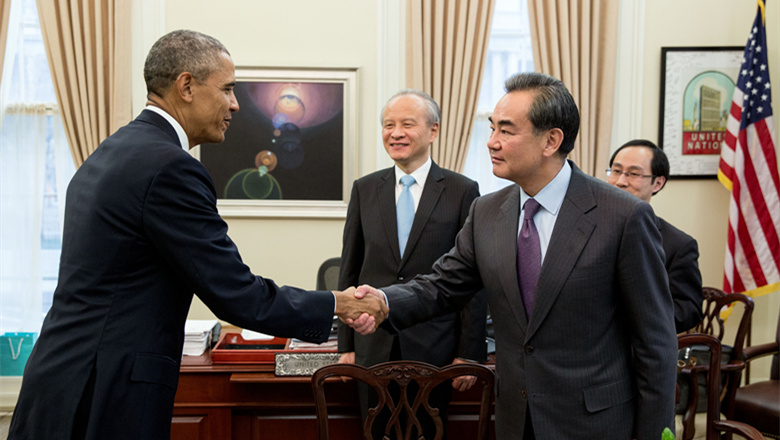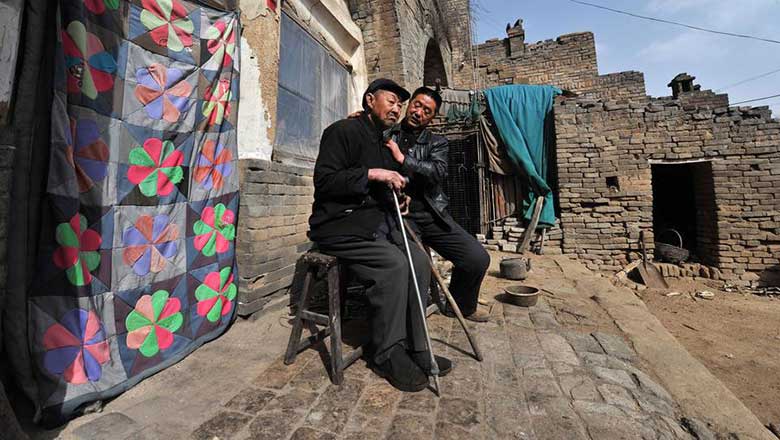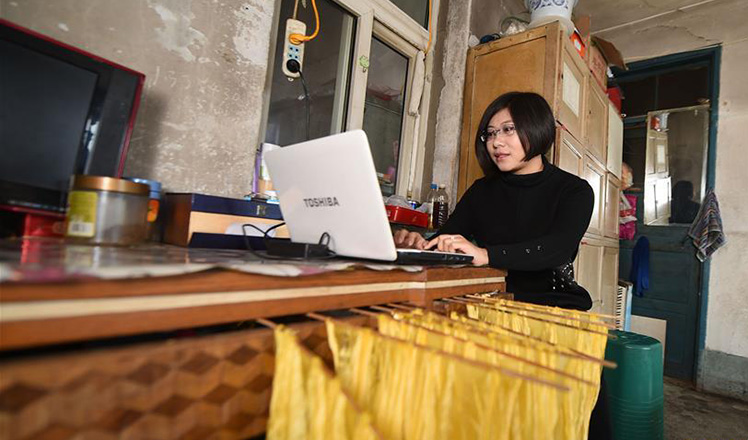China's rural residents enjoy better healthcare
Updated: 2016-02-26 14:07
(Xinhua)
|
|||||||||
BEIJING - China's local medical services have improved markedly following a nationwide campaign that began in 2009.
Ao Keming, 72, a villager from Suiyang county in Southwest China's Guizhou Province, just had cataract surgery in the county hospital.
"If my eye problem could not have been treated nearby, I would just have given up and let it go," she said. "My neighbor had the surgery already and she told me that I could trust the doctor here."
More than 260 patients have now had the surgery at the hospital, all free of charge.
In China's rural areas, when people fell ill they used to refuse any treatment at all unless they were virtually on the point of death, for fear of high medical bills. County-level hospitals for them meant more than just the cost of procedures. Transport and accommodation expenses were beyond the means of many.
Medical reform has therefore paid special attention to grassroots public hospitals to ensure that rural and urban residents have equal access to basic medical insurance.
Suiyang is one of the most mountainous, and one of the poorest, counties in Guizhou. The care provided by the county's public hospitals has always lagged far behind more affluent parts of the country, due to out-of-date medical equipment and a shortage of quality medical staff.
Now, with government funding, Suiyang County Hospital has sent more than 100 doctors and 40 nurses for training at major metropolitan hospitals over the past five years. Tang Tingxu, chief ophthalmologist at the hospital, was one.
"I trained in Guangzhou Zhongshan Ophthalmic Hospital in 2013 and Zunyi No 1 People's Hospital in 2015. Previously, I had been depressed that we could not perform even simple surgeries like cataract operations at our hospital," Tang said.
Wang Zhong, director of Guizhou Provincial Health and Family Planning Commission, said that in 2015 Guizhou began to speed up medical reform, declaring that public hospitals should be operated for the public good, not profits, and services should be accessible, equal and efficient for all.
To date, all public hospitals in the cities of Guiyang and Zunyi, and 128 public hospitals from 75 counties have eliminated profits on drugs so that more people now find them affordable.
Wang Guanli, assistant to the president of Suiyang County Hospital, said that the loss of annual profits from of medicine sales had cost the hospital about 3.7 million yuan ($570,000).
Several other provinces have plans to speed up reform in 2016, the start of the 13th Five-year Plan (2016-2020) period. Gansu, Hubei and Yunnan, along with Guangxi Zhuang Autonomous Region and Xinjiang Uygur Autonomous Region are classifying patients according to the seriousness of their conditions and the difficulty of treatment. Rural patients with less serious conditions are encouraged to see doctors closer to home. Improvements to county-level hospitals play an important role in this.
The above regions expect that 90 percent of rural patients will receive proper treatment in their own counties by 2017. In Xinjiang for example, 360 million yuan was spent in 2015 on county-level hospitals, township health centers, village clinics and community health service centers.
Yan Jincheng, who runs a township health center in Xinjiang's Qitai County, said that each village in the county has at least one clinic with consulting rooms and a pharmacy. Villagers who suffer from common complaints now see the doctor in their own village rather than traveling to town or the county seat.
As part of building a healthy China,the 13th Five-year Plan (2016-2020) proposal aims to change the health insurance system in order to protect people against high medical expenses. From 2009 to 2014, government spending on health amounted to 4 trillion yuan, 1.2 trillion yuan coming from the central government.
The medical insurance scheme now covers over 1.3 billion people, over 95 percent of the population. In 2014, the rural reimbursement ratio for in-patient care stood at 75 percent. The government requires that health insurance will cover at least 70 percent of patients' medical expenditure by 2017.
Full-scale reform of the medical care system began in 2009. Pilot projects for public hospitals were a priority, along with a basic medical security system, improvements at the local level and equal access to basic public health services.
- Venezuela, Qatar, Saudi Arabia, Russia to meet to stabilize oil market
- Gunman kills up to four in Kansas shooting spree
- Apple fights back in court, refusing to hack into iPhone for FBI
- Chinese may pursue Paramount stake
- S. Korea, US to launch working group on THAAD
- All bodies of plane crash victims recovered in Nepal

 Walk down memory lane: Rural China in 1980s
Walk down memory lane: Rural China in 1980s
 US President Obama meets with Foreign Minister Wang Yi
US President Obama meets with Foreign Minister Wang Yi
 Adele steals the show at 2016 BRIT Awards
Adele steals the show at 2016 BRIT Awards
 Elders, children cope alone in village after Spring Festival reunion
Elders, children cope alone in village after Spring Festival reunion
 Xiaomi launches Mi 5 in Beijing, Barcelona with an eye on Apple
Xiaomi launches Mi 5 in Beijing, Barcelona with an eye on Apple
 Future stars battle intense competition for stardom
Future stars battle intense competition for stardom
 Cuties around the world celebrate Chinese New Year
Cuties around the world celebrate Chinese New Year
 Young woman's businesses thrive in rural Jilin
Young woman's businesses thrive in rural Jilin
Most Viewed
Editor's Picks

|

|

|

|

|

|
Today's Top News
What ends Jeb Bush's White House hopes
Investigation for Nicolas's campaign
Will US-ASEAN meeting be good for region?
Accentuate the positive in Sino-US relations
Dangerous games on peninsula will have no winner
National Art Museum showing 400 puppets in new exhibition
Finest Chinese porcelains expected to fetch over $28 million
Monkey portraits by Chinese ink painting masters
US Weekly

|

|








